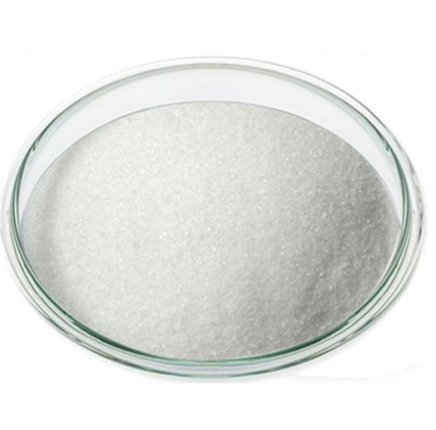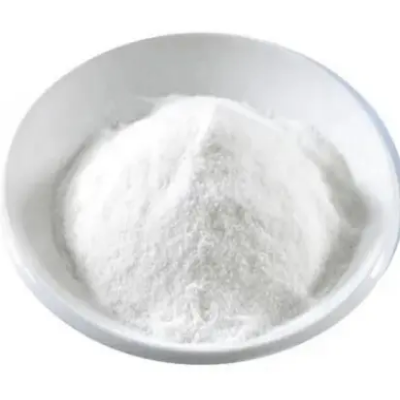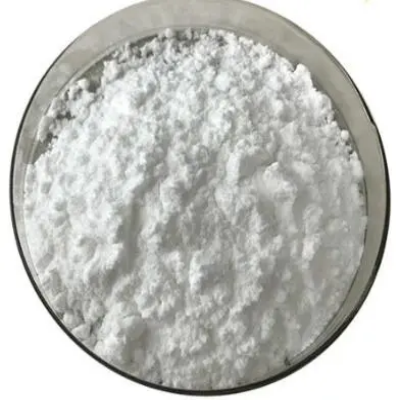Nintedanib CAS:656247-17-5
The molecular structure of nintedanib includes a pyridine core substituted with three distinct chemical moieties: a nitro group, an isopropylamine group, and a methyl ethyl ether side chain. This structural complexity contributes to its specific physicochemical properties, such as solubility, metabolic stability, and target specificity, crucial for its pharmaceutical utility. Synthesis and Applications Synthesis of nintedanib typically involves multi-step organic chemistry processes starting from commercially available starting materials. Key synthetic steps include pyridine ring formation, nitration, and subsequent functional group modifications to introduce the isopropylamine and methyl ethyl ether functionalities. Nintedanib's synthesized compound finds applications primarily in oncology and pulmonary fibrosis treatments due to its potent inhibitory effects on various receptor tyrosine kinases. Pharmaceutical Relevance In oncology, nintedanib exhibits significant anti-angiogenic and antitumor properties by inhibiting pathways crucial for tumor vascularization and growth. Additionally, in pulmonary fibrosis, it mitigates fibroblast activation and collagen deposition, thereby slowing disease progression. Its broad-spectrum kinase inhibition makes it a versatile tool in addressing heterogeneous diseases characterized by excessive tissue remodeling and aberrant cell proliferation. Therapeutic Potential The therapeutic potential of nintedanib extends to treating advanced non-small cell lung cancer (NSCLC) and idiopathic pulmonary fibrosis (IPF), where it has demonstrated clinical efficacy in improving progression-free survival and lung function, respectively. Its mechanism of action involves disrupting pathways pivotal for disease pathology, offering patients improved quality of life and prolonged survival outcomes. Conclusion In conclusion, nintedanib represents a pivotal advancement in medicinal chemistry and drug discovery, owing to its complex molecular structure and potent pharmacological activities. As ongoing research elucidates its broader therapeutic applications and refines its synthesis, nintedanib continues to play a critical role in shaping treatments for oncological and fibrotic disorders. Future insights into its molecular interactions and clinical outcomes promise further enhancements in targeted therapies, thereby addressing unmet medical needs and advancing global healthcare efforts.



| Composition | C31H33N5O4 |
| Assay | 99% |
| Appearance | white powder |
| CAS No. | 656247-17-5 |
| Packing | Small and bulk |
| Shelf Life | 2 years |
| Storage | Store in cool and dry area |
| Certification | ISO. |


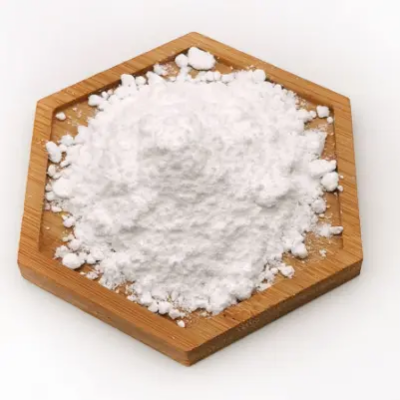

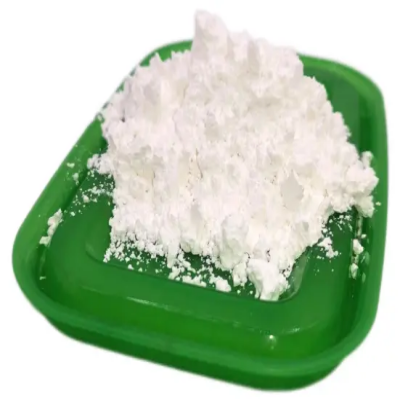
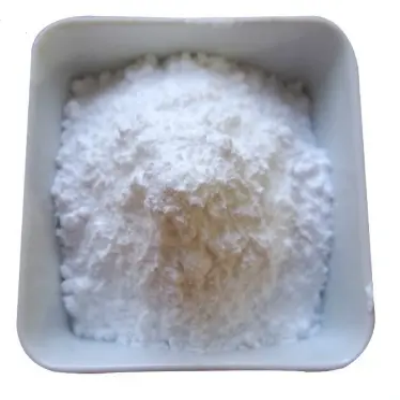
![4-[[(4-Fluorophenyl)imino]methyl]-phenol CAS:3382-63-6](https://cdn.globalso.com/xindaobiotech/K@NIE7HBAEP6E7J7DS252.png)
